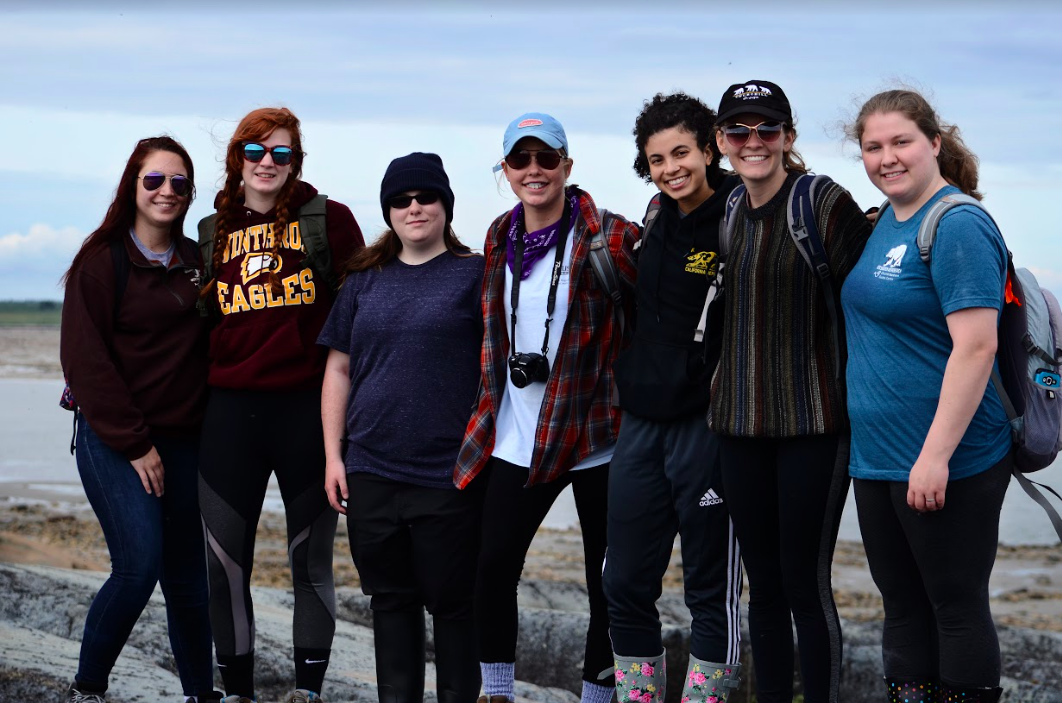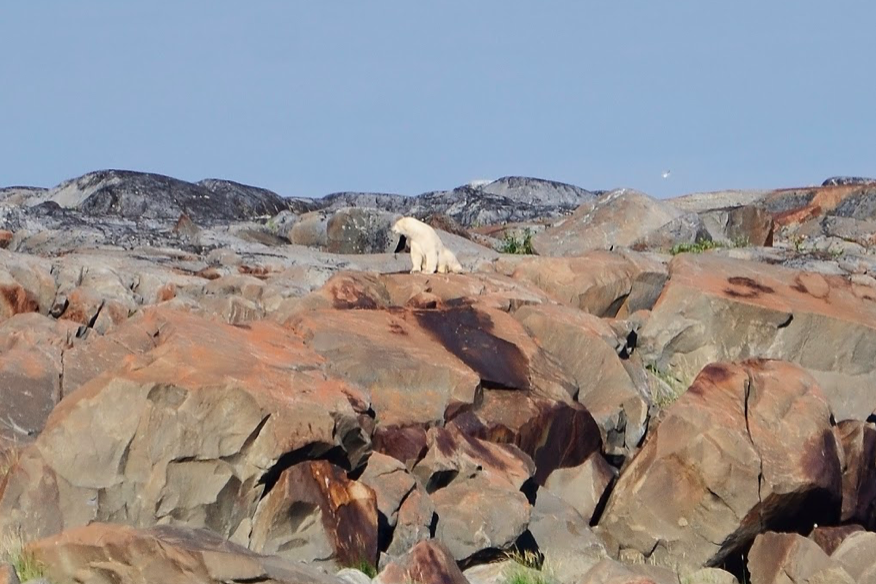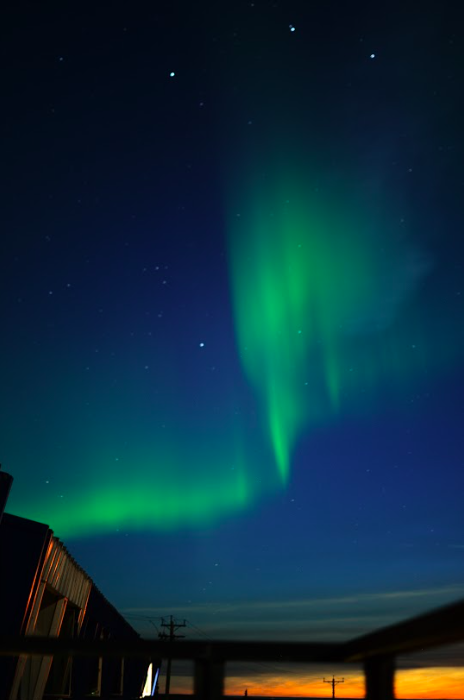Winthrop University’s all-girl crew traveled to the subarctic to study arctic landscapes through an up-close and personal lens. I got the privilege to go with the crew as we traveled to Churchill, Canada in August, as part of the class I took the previous spring semester entitled “subarctic landscapes.” In this class, we learned about glacial geology, soil patterns, the Aurora borealis, the history of Churchill, and more. After the lecture portion of the class ended, we took off on a 10 day excursion to Churchill, Canada in August to experience all the interesting things we learned.
Churchill, Canada is located in the subarctic region in Manitoba. Churchill is known for being the polar bear capital of the world, for being a beluga whale hotspot, and for being a place to view the aurora borealis, also known as the northern lights. Churchill is a small town consisting of only around 800 people. We stayed at The Churchill Northern Studies Center, which is a research center catered towards protecting and sustaining northern landscapes. Many of the students specifically chose this trip to experience the arctic landscape and enjoy all that Canada has to offer.
“I chose to come here because of the cold weather and the beluga whales. Just Canada in general is pretty cool,” said environmental major Paige Denney, one of the students on the trip.
The study abroad trip to Churchill is truly one-of-a-kind. Being that it is in a remote location in the subarctic, it is different from many study abroad trips that often focus on tropical settings or urban environments.
“It kind of stuck out to me because it’s the same continent. It was really interesting, with the whole landscape and the whales, and the northern lights, and the polar bears,” said biology major Hanna Houston, who attended the Churchill trip.
The students on this trip participated in a multitude of activities, from research to sightseeing. The students studied the different landscapes and environments Churchill had to offer by identifying soil horizons, identifying vegetation, and building weather stations to test the climate in different areas.
“Something I’ve learned is we have a really different kind of soil setup back home and it’s basically flipped in Churchill…When we did the soil plot samples, we tested the pH, and the further down we got in the layer of soils the more alkaline the soil became, and I thought that was super interesting because it was the complete opposite of home,” said student Joy White, who attended the trip.
Our research also led to interesting discoveries about the Canadian landscape, such as seeing permafrost (a permanent frozen layer of soil) when digging through the soil. We also, after identifying many different vegetation, learned about all the berries we could eat, such as wild strawberries and blueberries.
In addition to conducting research, we enjoyed seeing sights that you can only find in the arctic, and definitely not in the hot South Carolina heat. This includes activities such as kayaking with beluga whales, spotting polar bears, walking along the Hudson Bay shoreline, and seeing northern lights nightly just by stepping out on the observation deck of the center where they were staying.
“My favorite part was the shoreline behind the community center of Churchill because of all the rocks, and just seeing how they can change and look just by being in different water,” said Elora Lissandrello, a student on the Churchill trip.
Most of this crew of southern girls on this trip are biology and environmental science majors who have been researching and learning about soils and different landscapes in many of their classes for the past couple years. Many of them have taken this opportunity to learn about different fields of science they may want to go into and have thoroughly enjoyed being able to actually see everything they learned about in the classroom in real life.
Recent Winthrop graduate biology student Logan Brown attended the Churchill trip and learned even more about parts of her field she soon wished to go into. “I really enjoyed setting up the weather stations…We set them up for insulation, temperature, rainfall, and a few other things. I think it’s cool to see how it’s different than from what we’re used to and see how it’s different with location and weather changes.”
It was a consensus that everyone on the trip found the experience completely worth it. The subarctic landscape class is taught by Dr. Werts, an environmental science professor at Winthrop. The class is listed as a special topics environmental science class (ENVS 350) and is typically offered in the spring semester.





